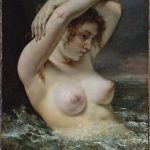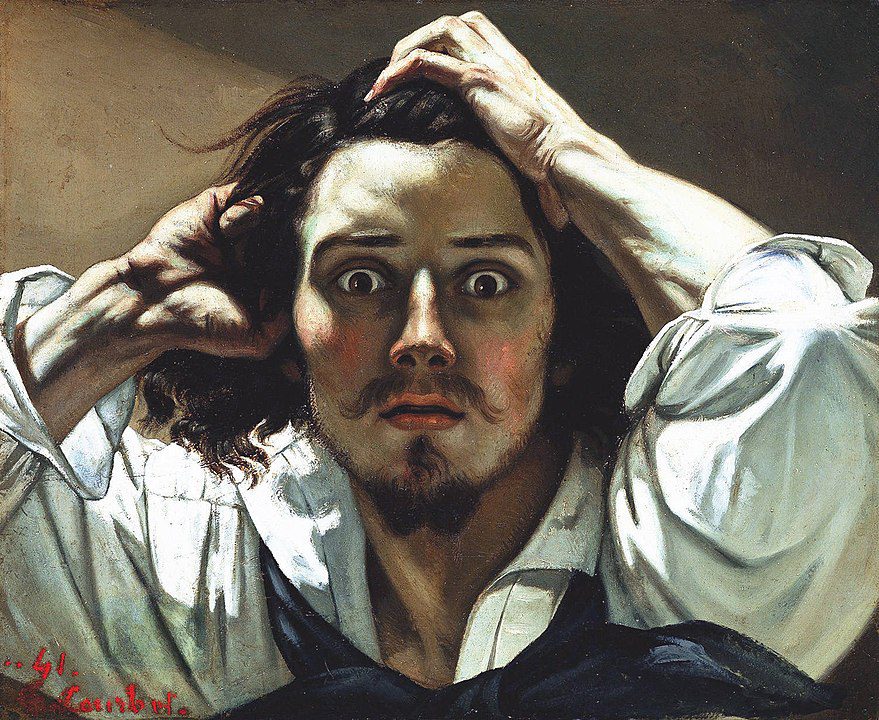
Gustave Courbet, born on June 10, 1819, in Ornans, France, emerged as one of the most influential artists of the 19th century, pioneering the Realist movement in French painting. Courbet’s rejection of the academic conventions and his commitment to depicting the truth of human experience marked a radical departure from the idealized themes prevalent in art of his time. His insistence on painting “real” subjects drawn from everyday life, including peasants, laborers, and landscapes, challenged societal norms and paved the way for modernist explorations of reality and representation.
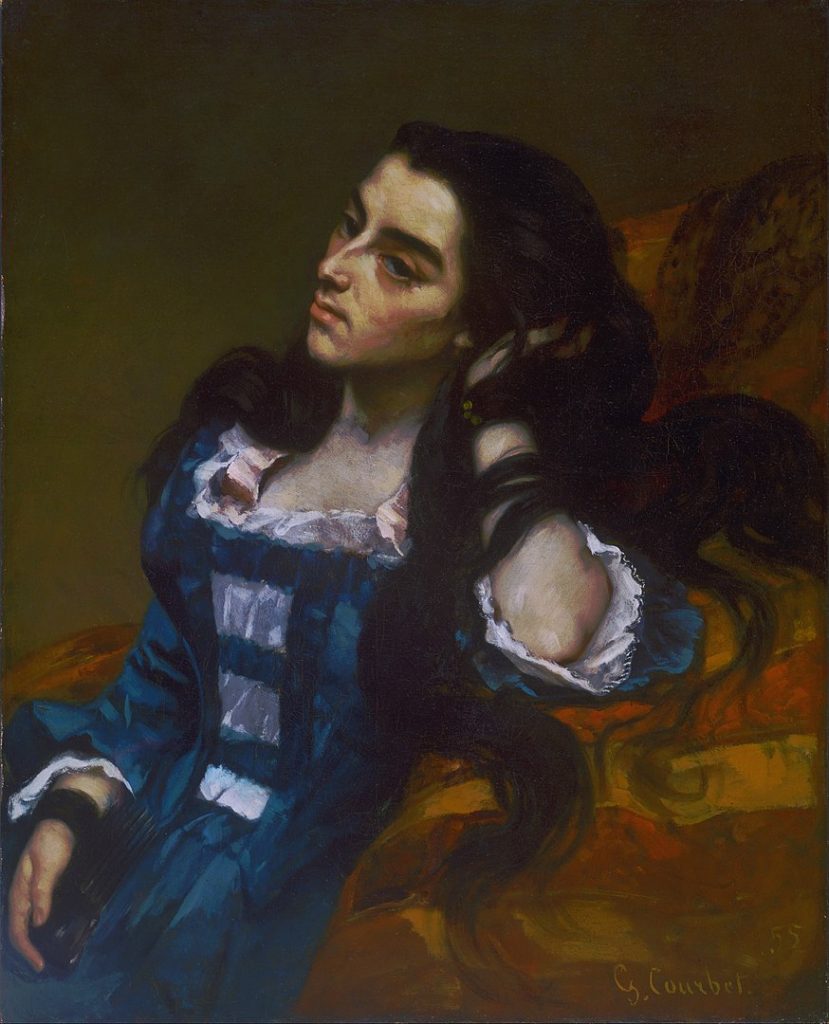
Courbet grew up in a rural family with anti-monarchical sentiments, which influenced his political and artistic outlook throughout his life. His early education in the arts began in Besançon and later continued in Paris, where he initially struggled to gain recognition for his work.
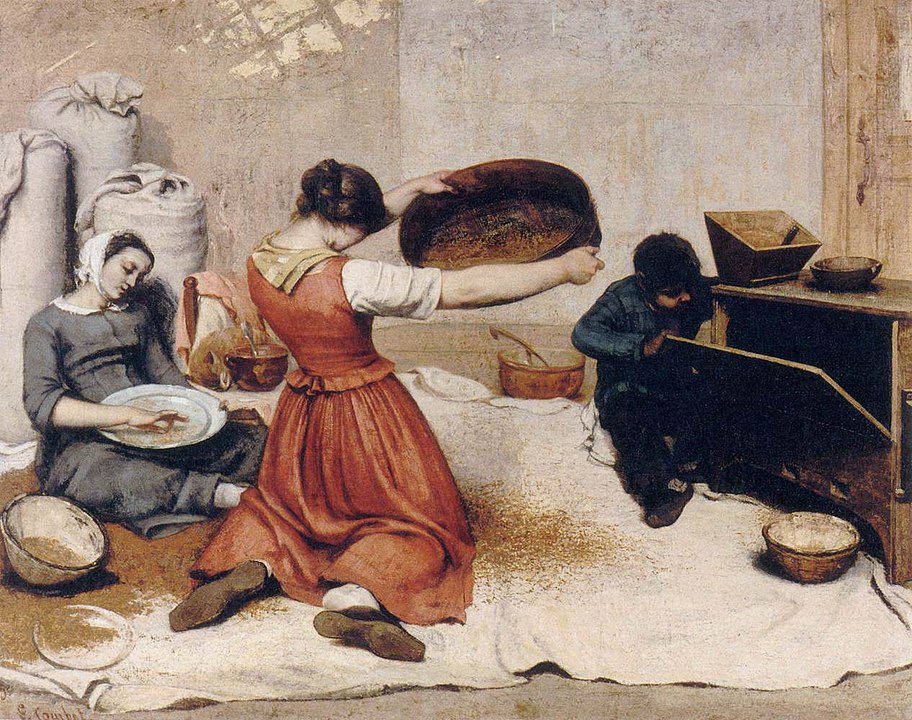
Courbet’s breakthrough came with the 1849 Salon, where he exhibited “After Dinner at Ornans,” earning him a gold medal and the attention of the Parisian art world. This success was followed by other significant works, including “The Stone Breakers” (1849) and “A Burial at Ornans” (1849-50), which further established his reputation as a leader of the Realist movement.
Elevating Every Day
“A Burial at Ornans” was particularly controversial, not only for its unprecedented scale, typically reserved for historical or religious subjects, but also for its unflinching portrayal of a provincial funeral, featuring ordinary townsfolk rather than idealized figures. Courbet’s focus on the mundane, treated with the seriousness and dignity of traditional high art, was a deliberate challenge to the artistic establishment, asserting the value and dignity of common people and their experiences.
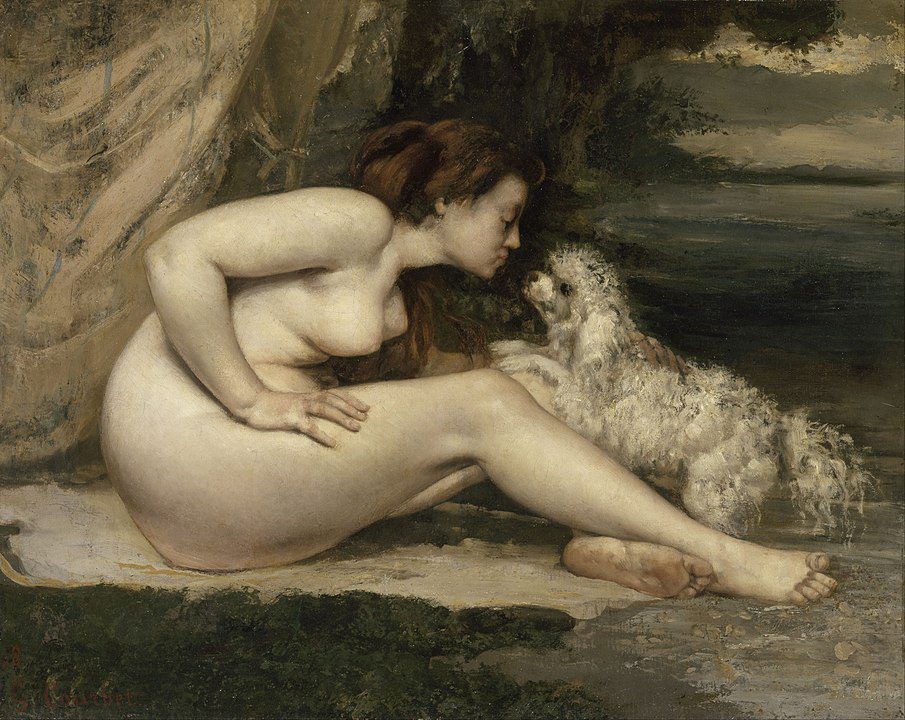
Courbet’s Realism was not just a stylistic choice but a political one, reflecting his belief in the importance of social and political engagement through art. His involvement in the Paris Commune of 1871, a radical, violent socialist government that briefly ruled Paris, underscored his commitment to these principles.
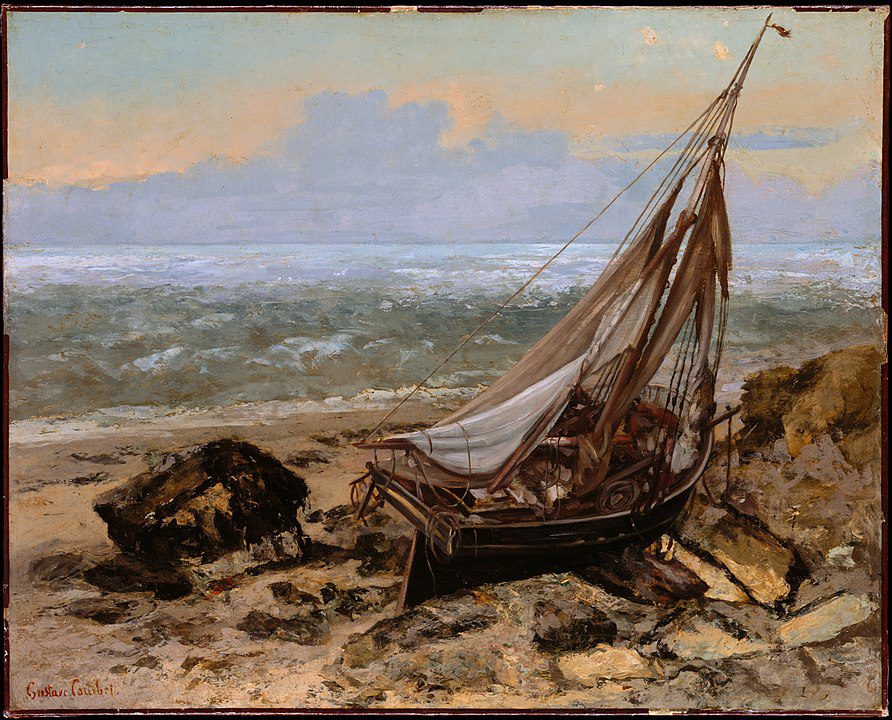
Following the Commune’s fall, Courbet was imprisoned and later exiled to Switzerland, where he spent the last years of his life. This period was marked by financial struggles and continued artistic production, including landscapes and seascapes that expanded the scope of his Realist vision.
Master of Technique
Beyond his political and social engagement, Courbet was also a master of technique, renowned for his textural realism and innovative use of color and light. His landscapes and seascapes conveyed a profound sense of place and atmosphere, while his portraits and nudes broke new ground in their directness and psychological depth.
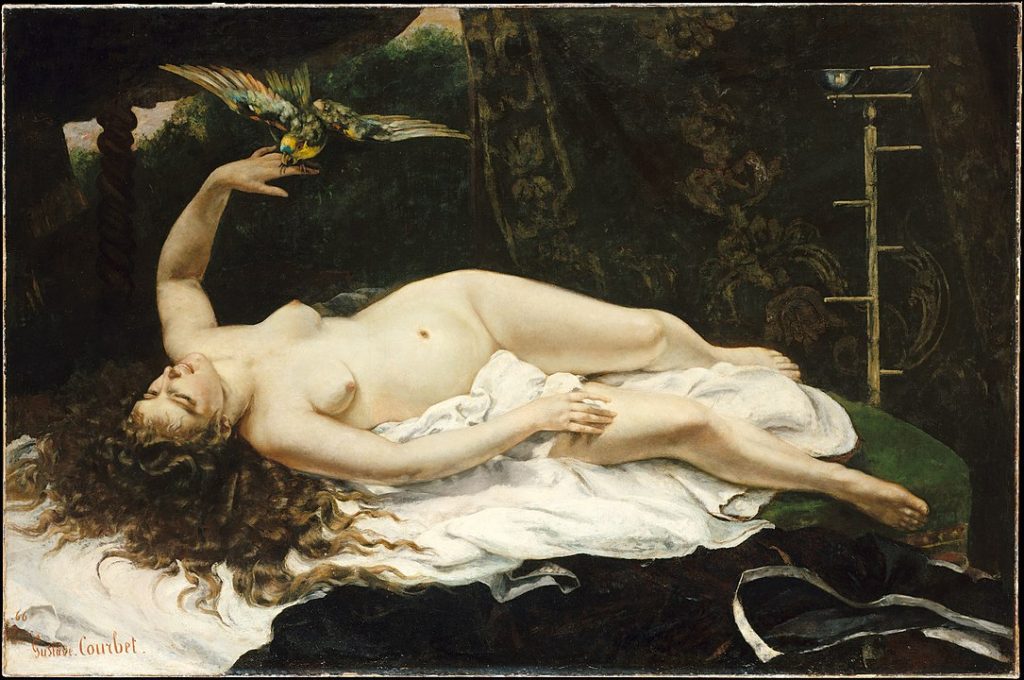
Courbet’s influence extended far beyond his lifetime, inspiring generations of artists, from the Impressionists to the Post-Impressionists and beyond. His assertion that art must reflect the realities of its time laid the groundwork for modernist explorations of subjectivity, perception, and the role of the artist in society. Courbet’s legacy is that of a revolutionary artist who forever changed the course of art history by insisting on the authenticity of experience as the foundation of artistic expression.
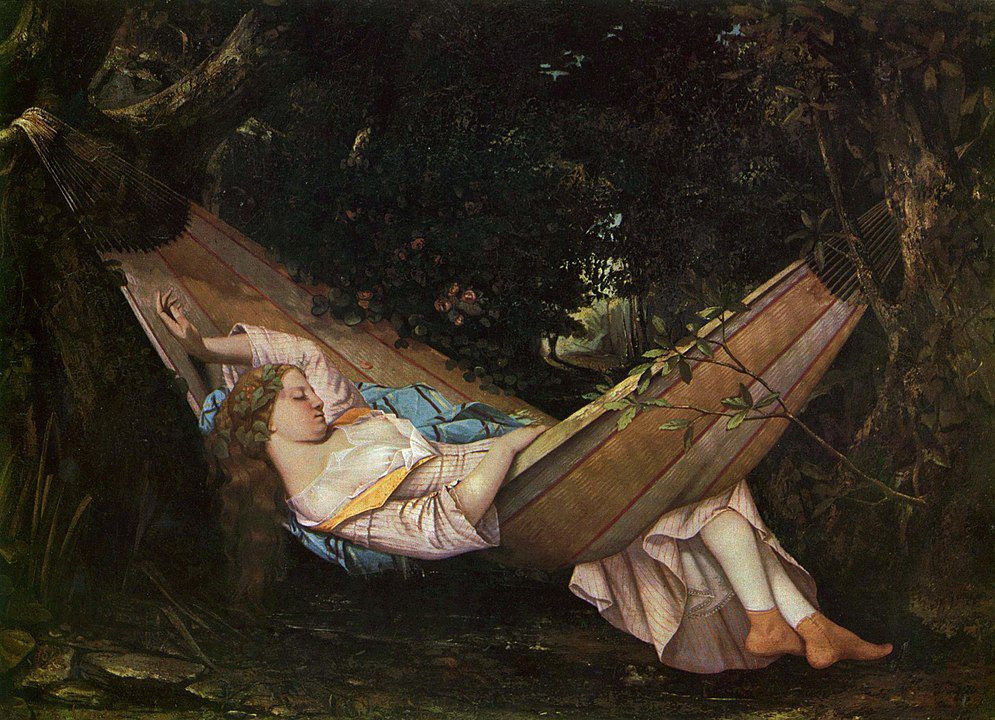
Gustave Courbet passed away on December 31, 1877, in La Tour-de-Peilz, Switzerland, but his work continues to be celebrated for its boldness, its challenge to convention, and its profound humanity. Through his paintings, Courbet remains a pivotal figure in the narrative of art, a bridge between the traditional and the modern, and a testament to the power of art to provoke, reflect, and transform.




